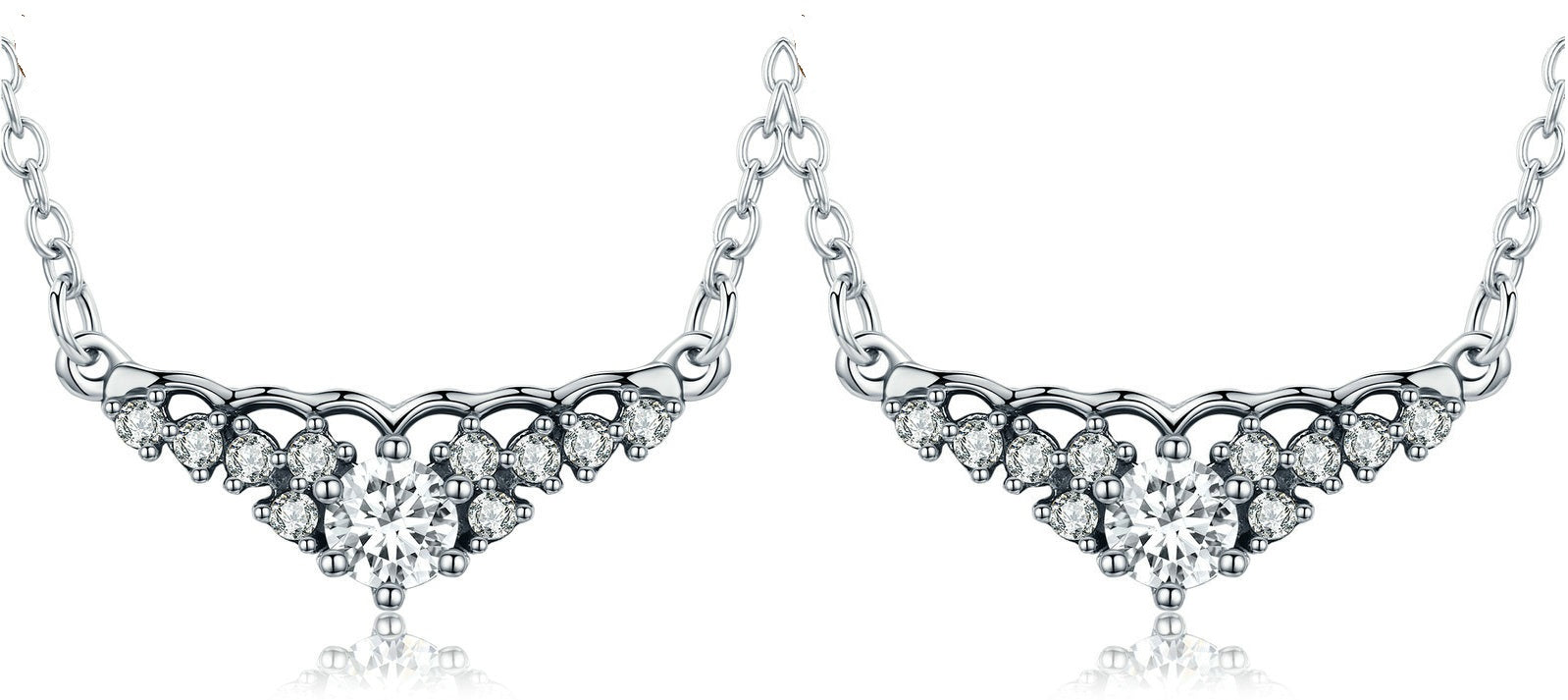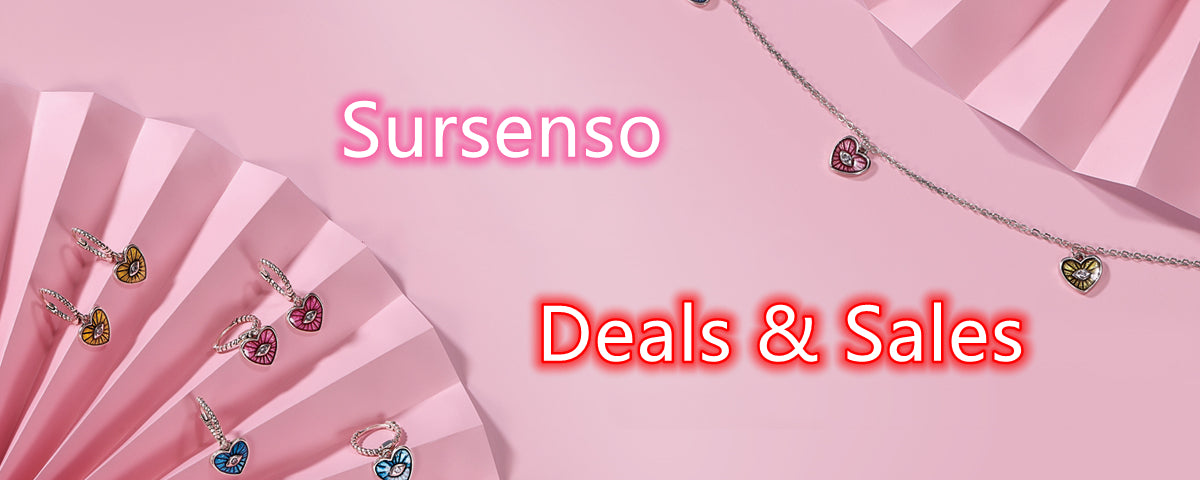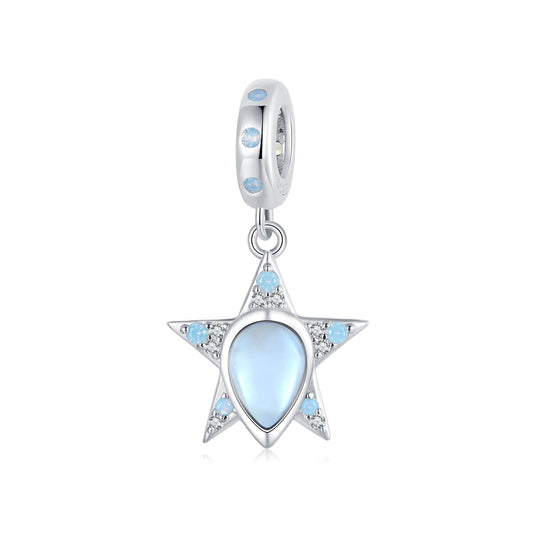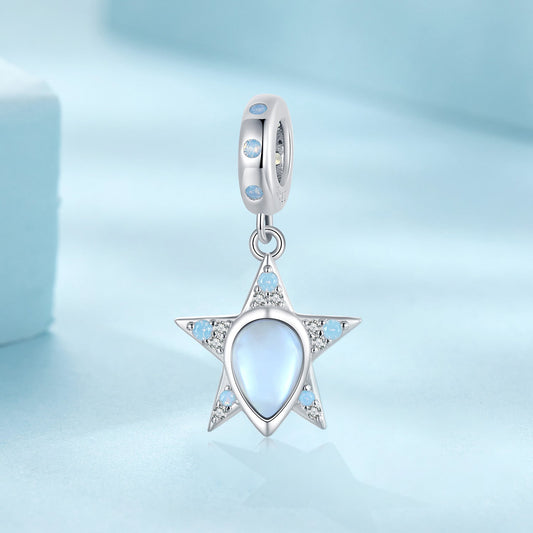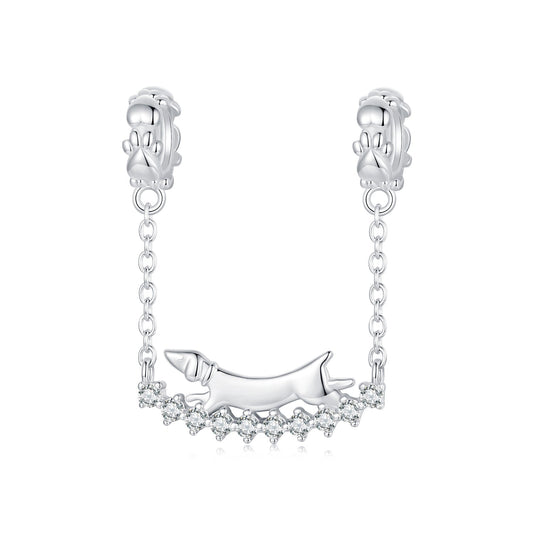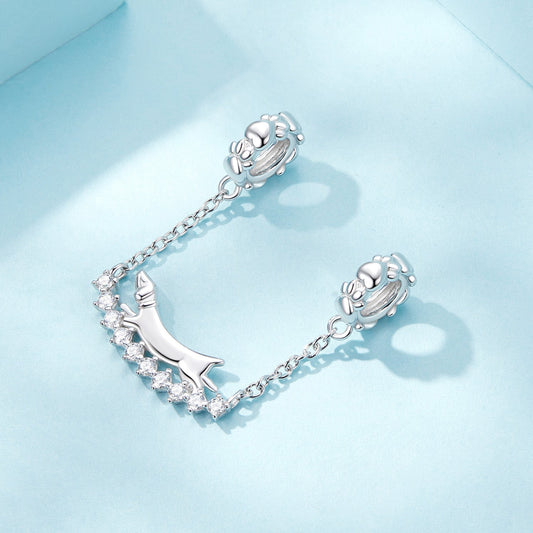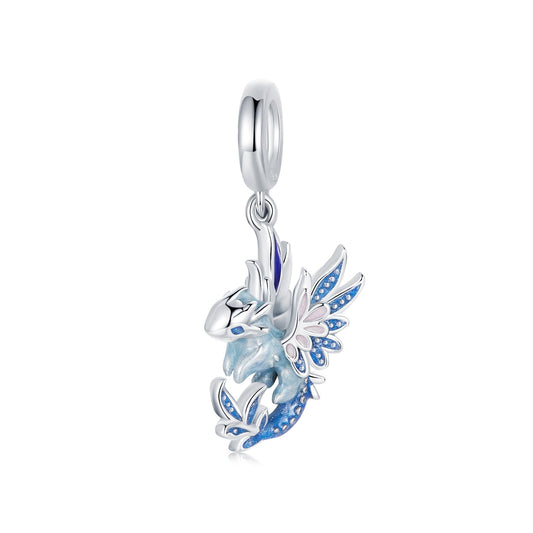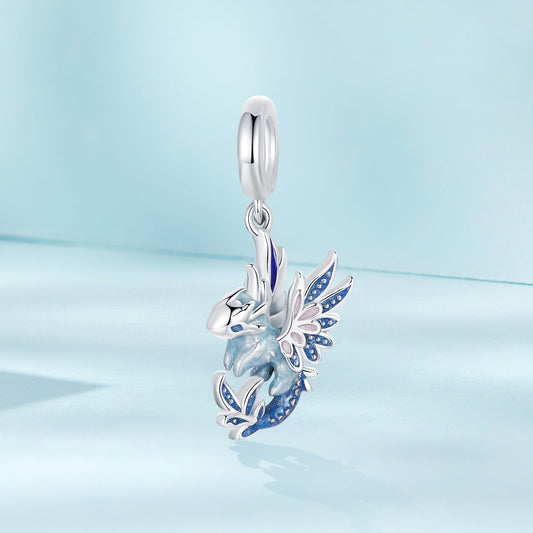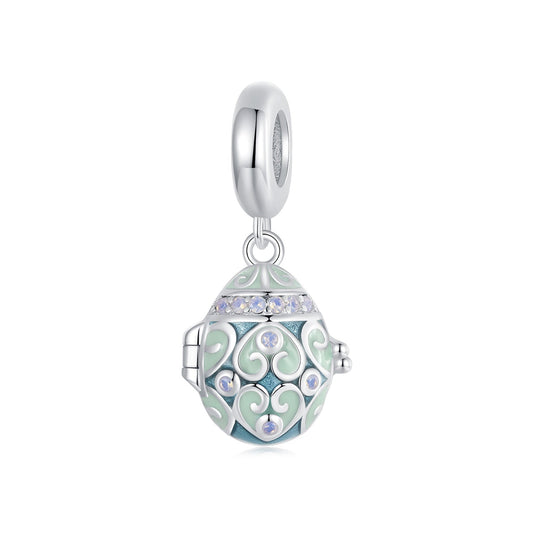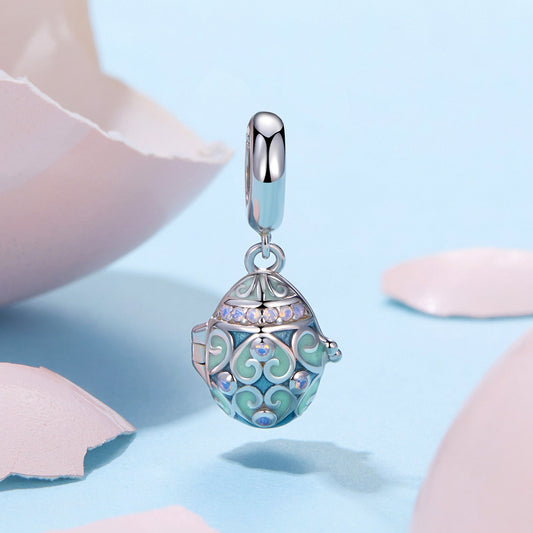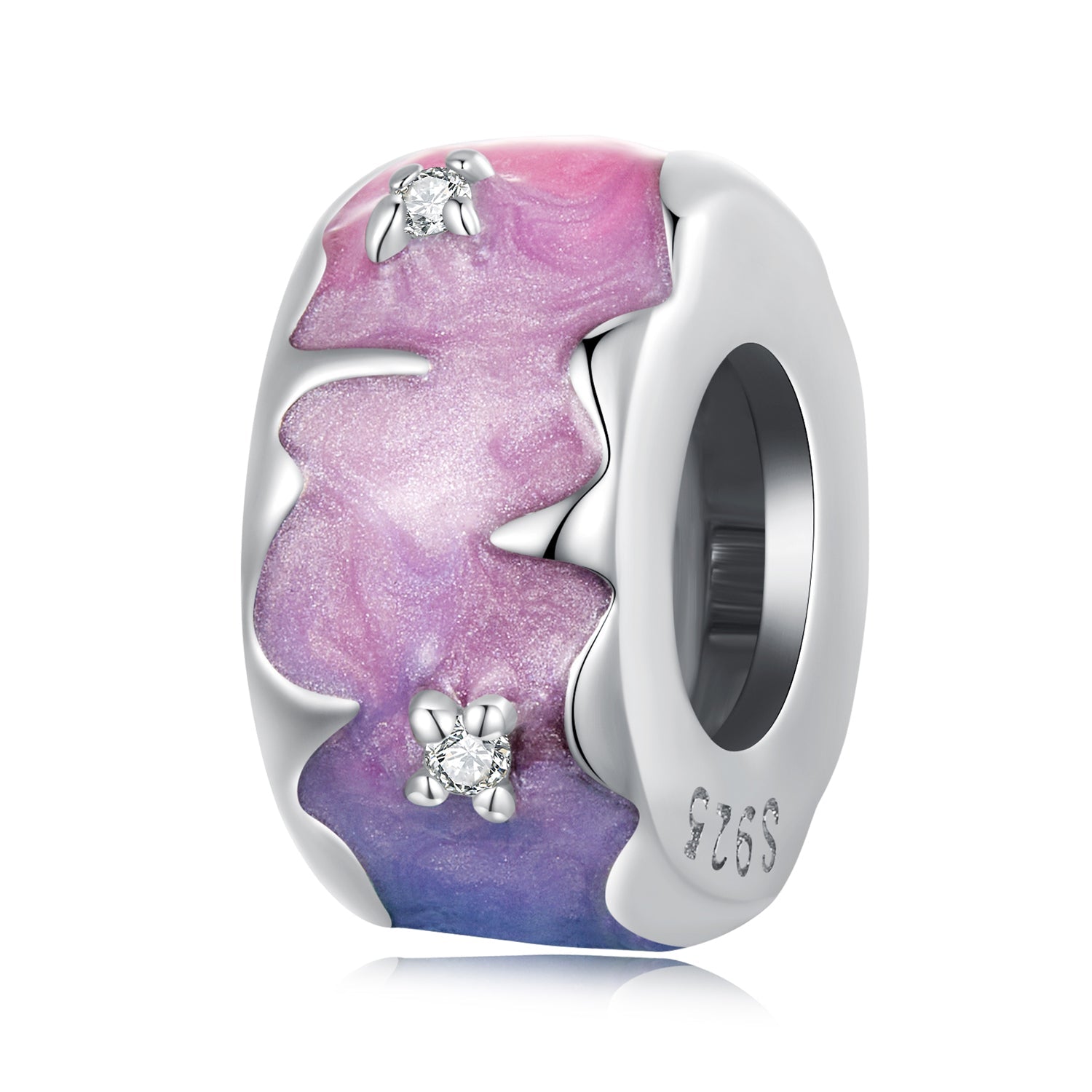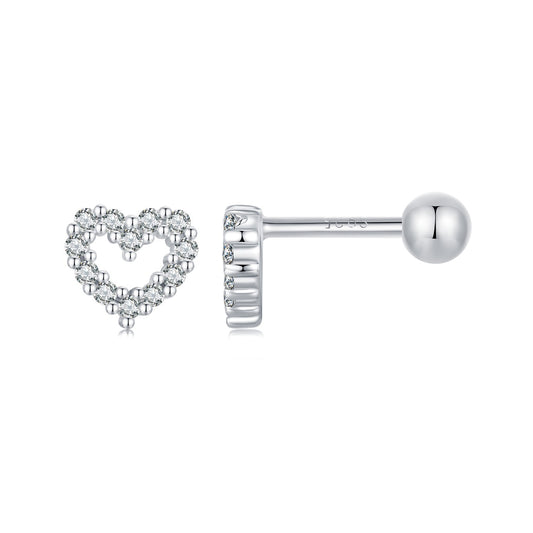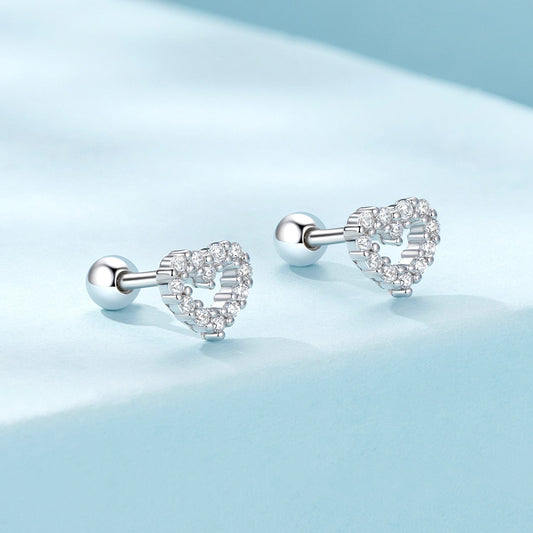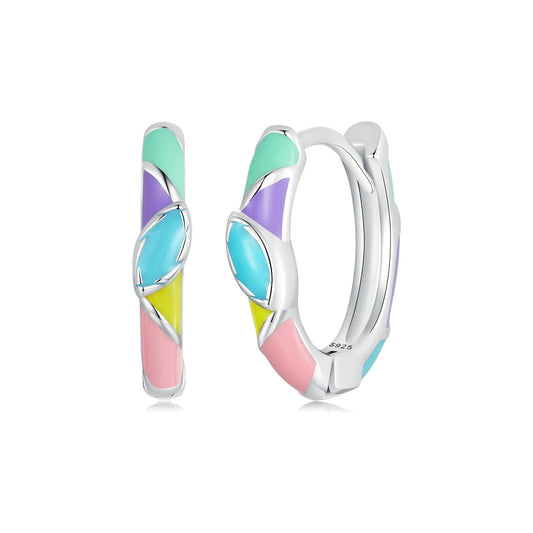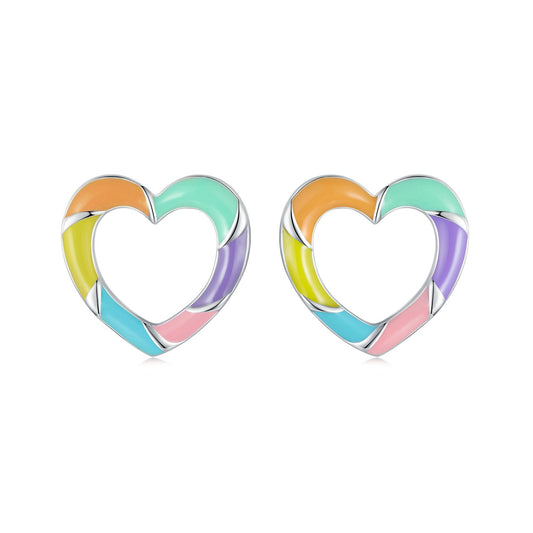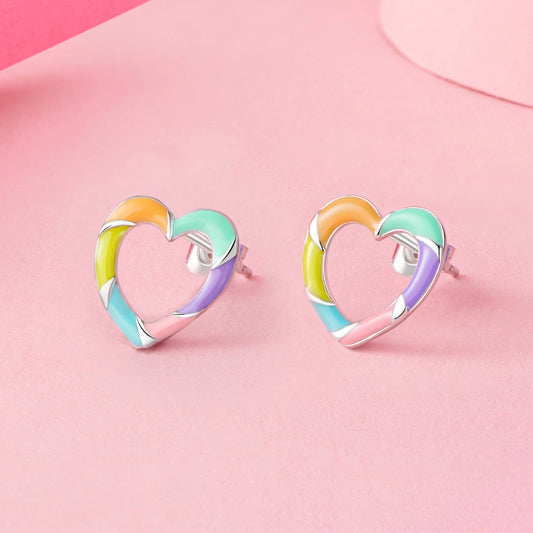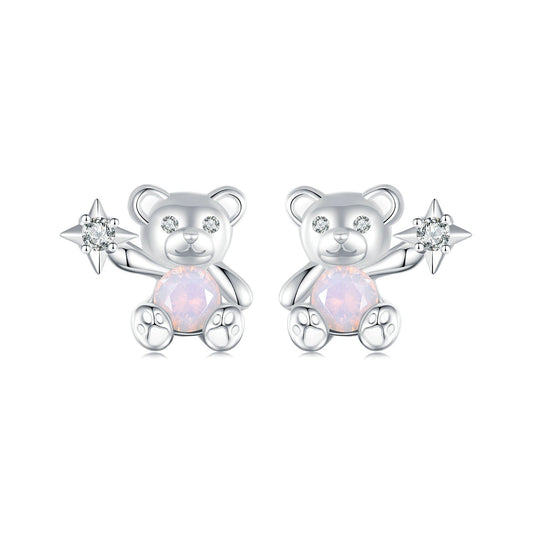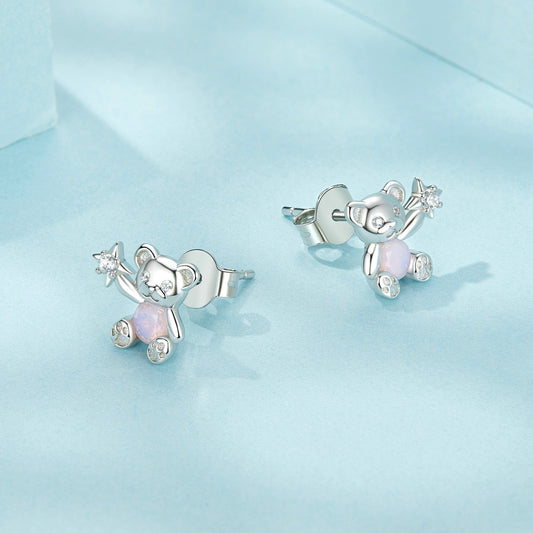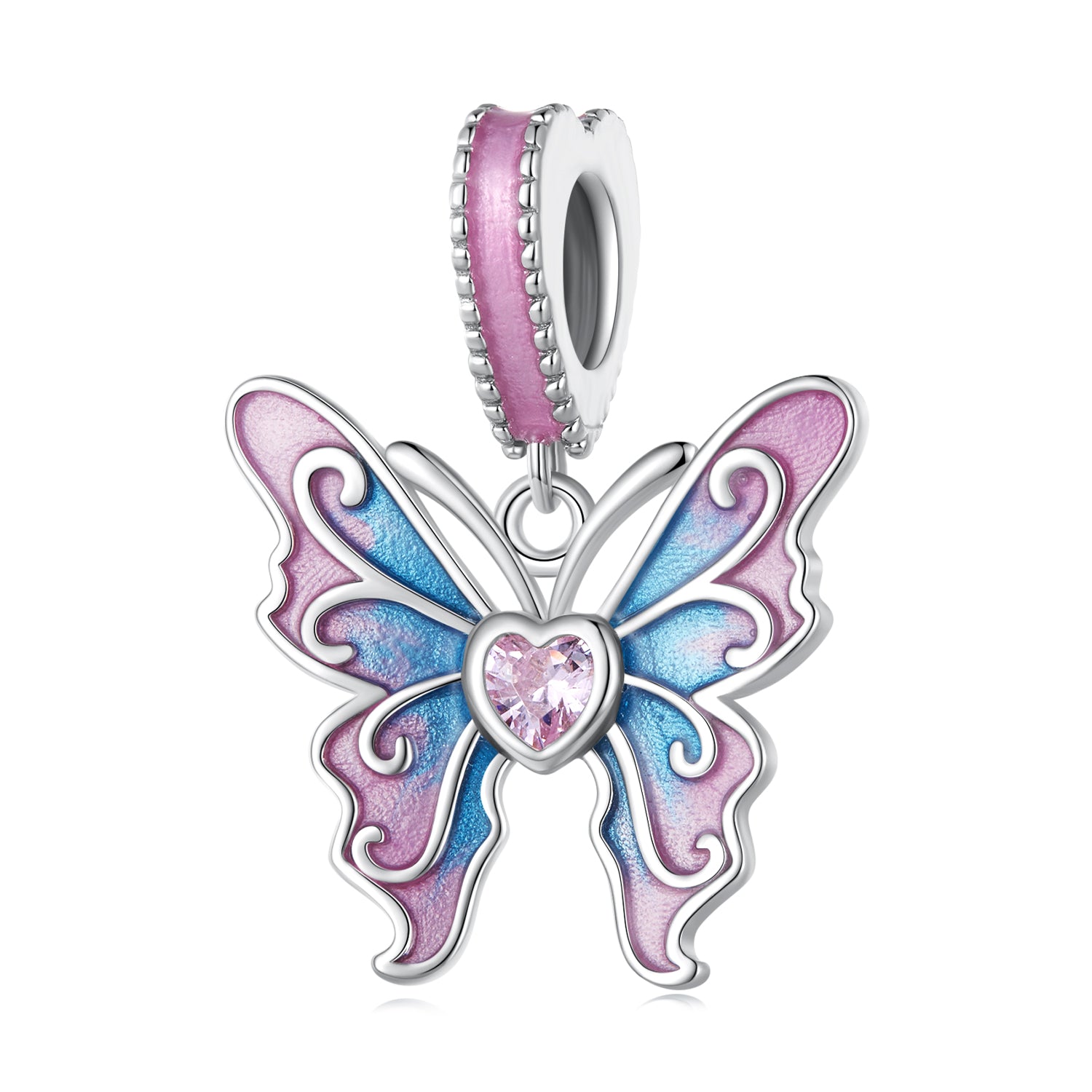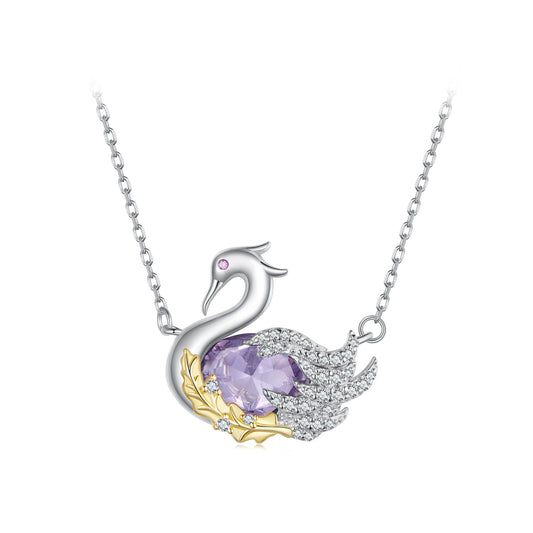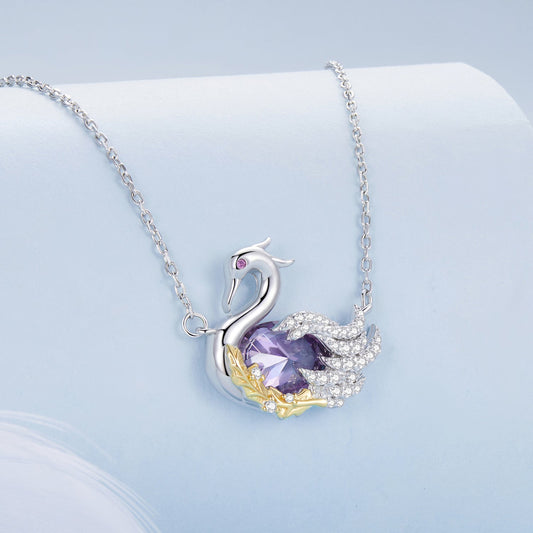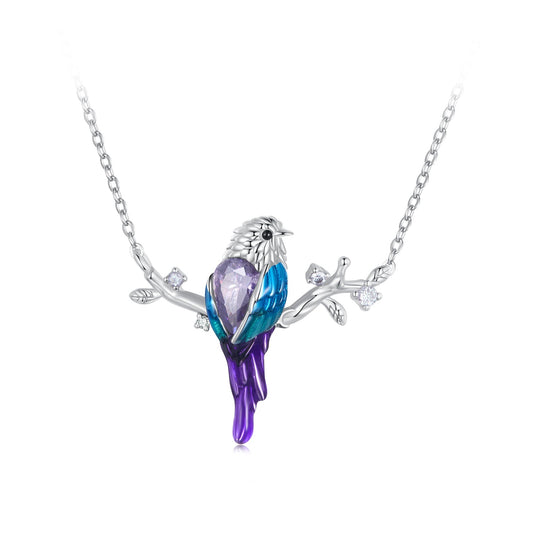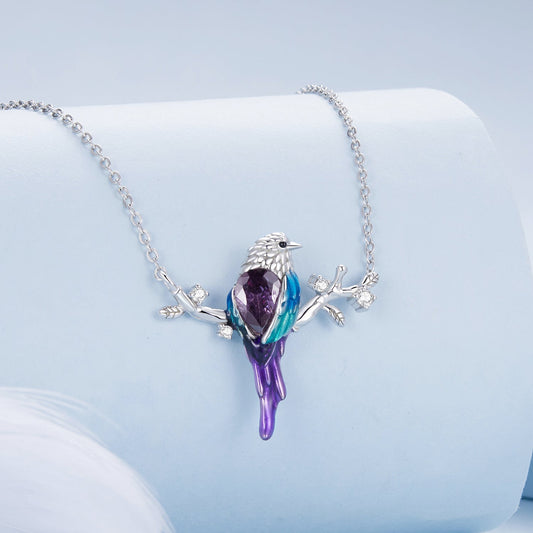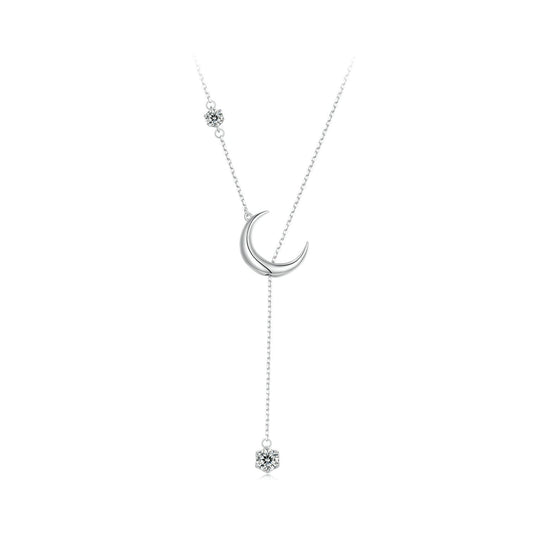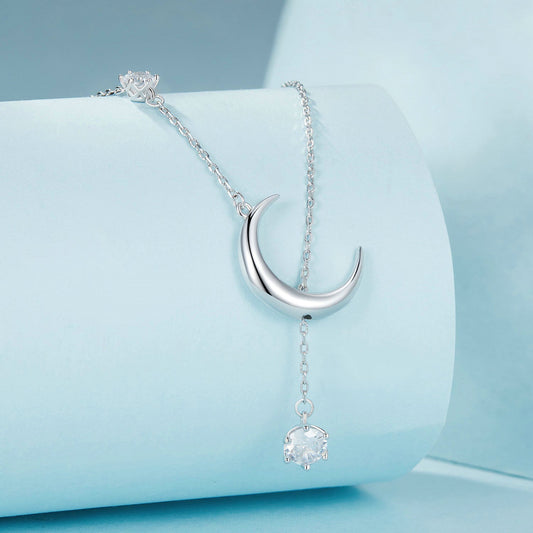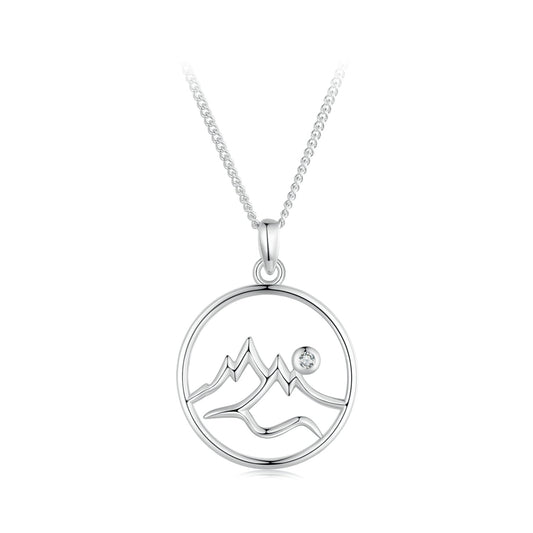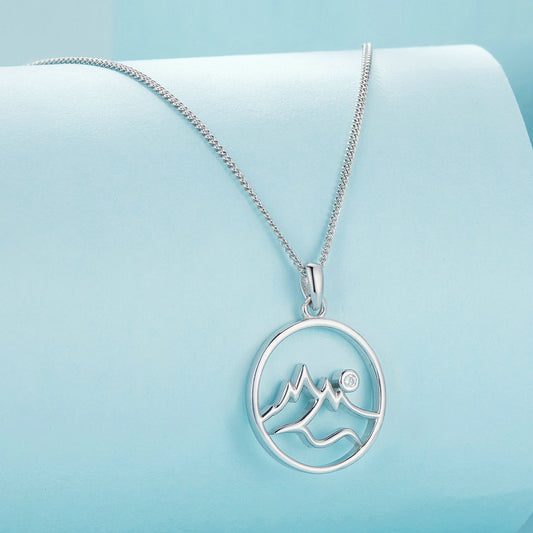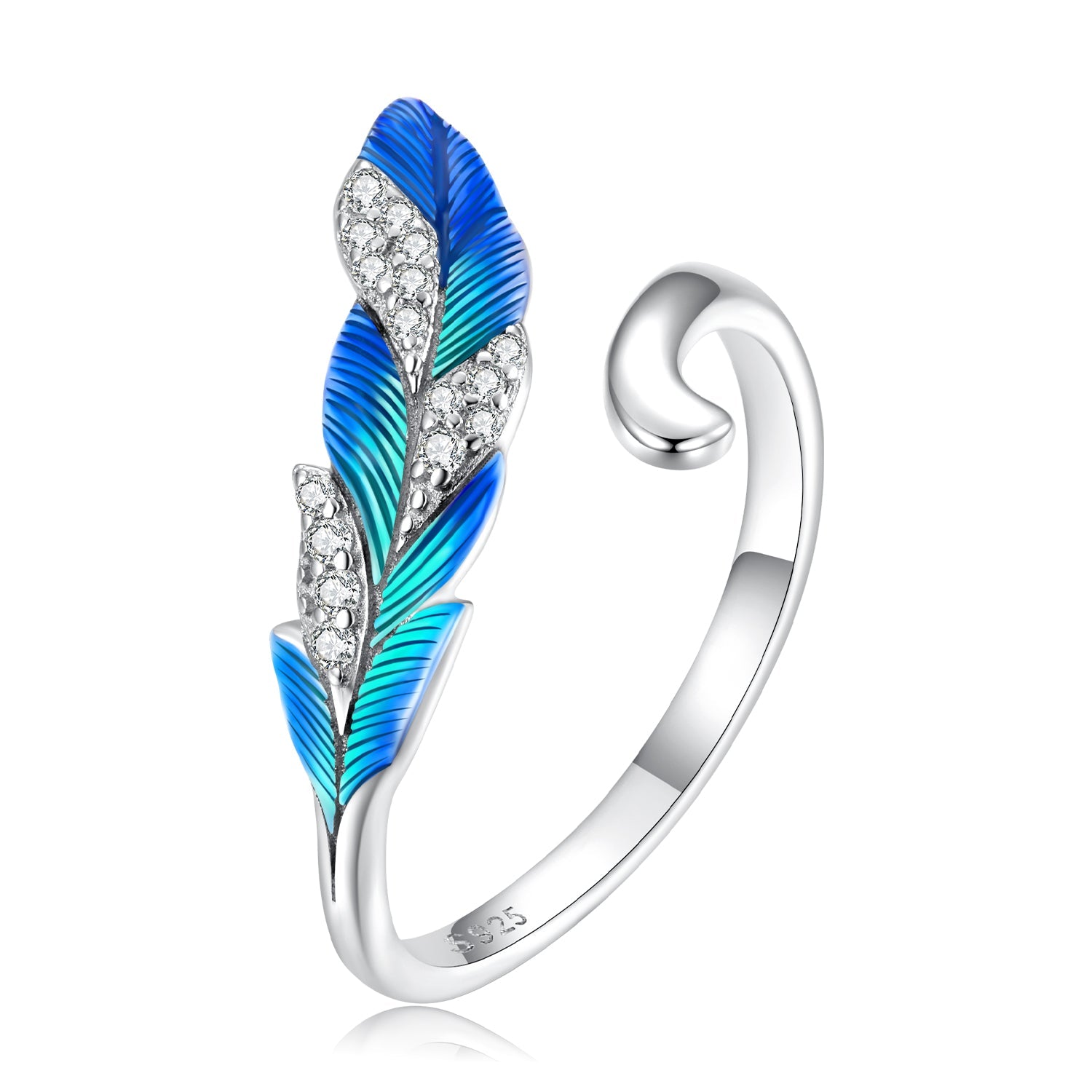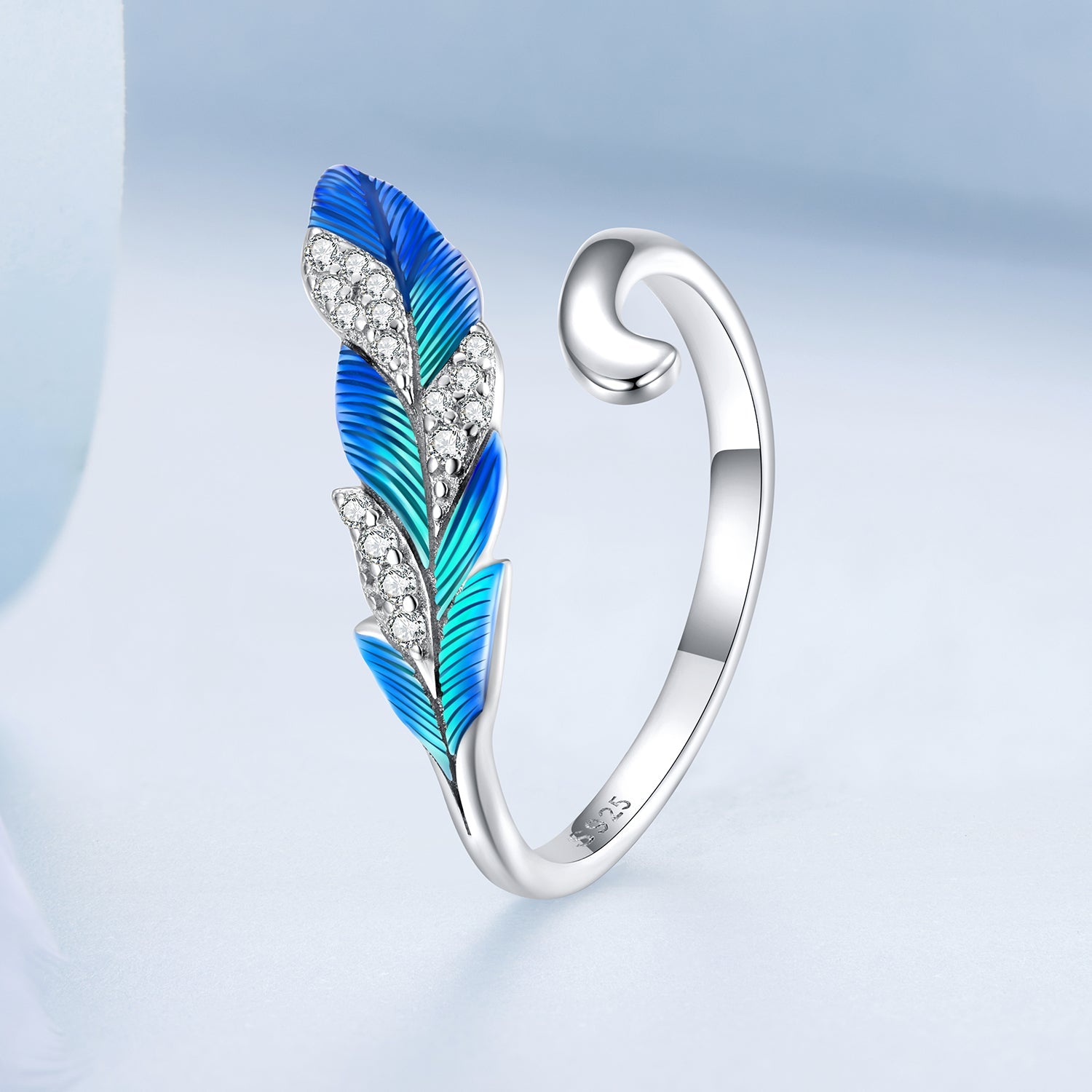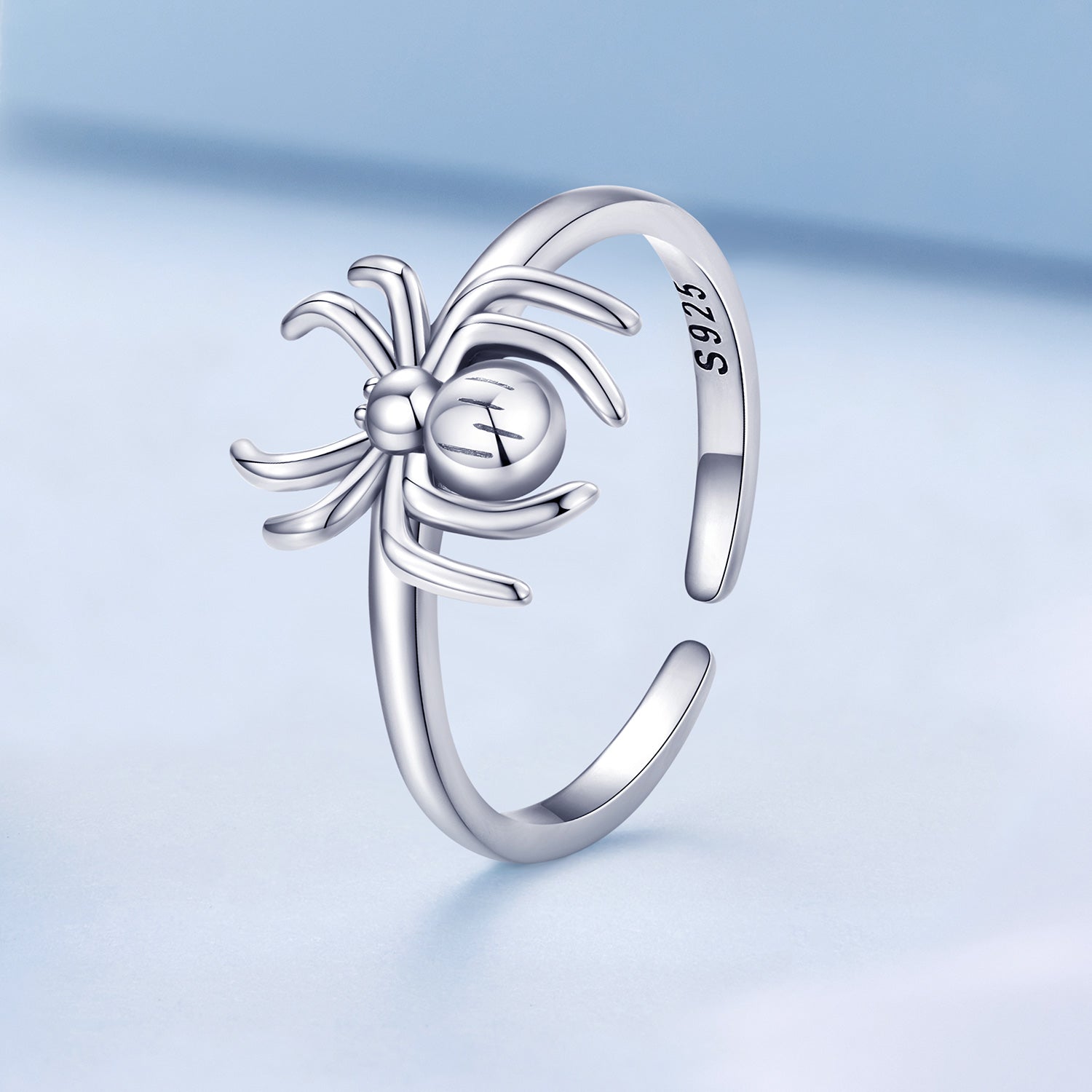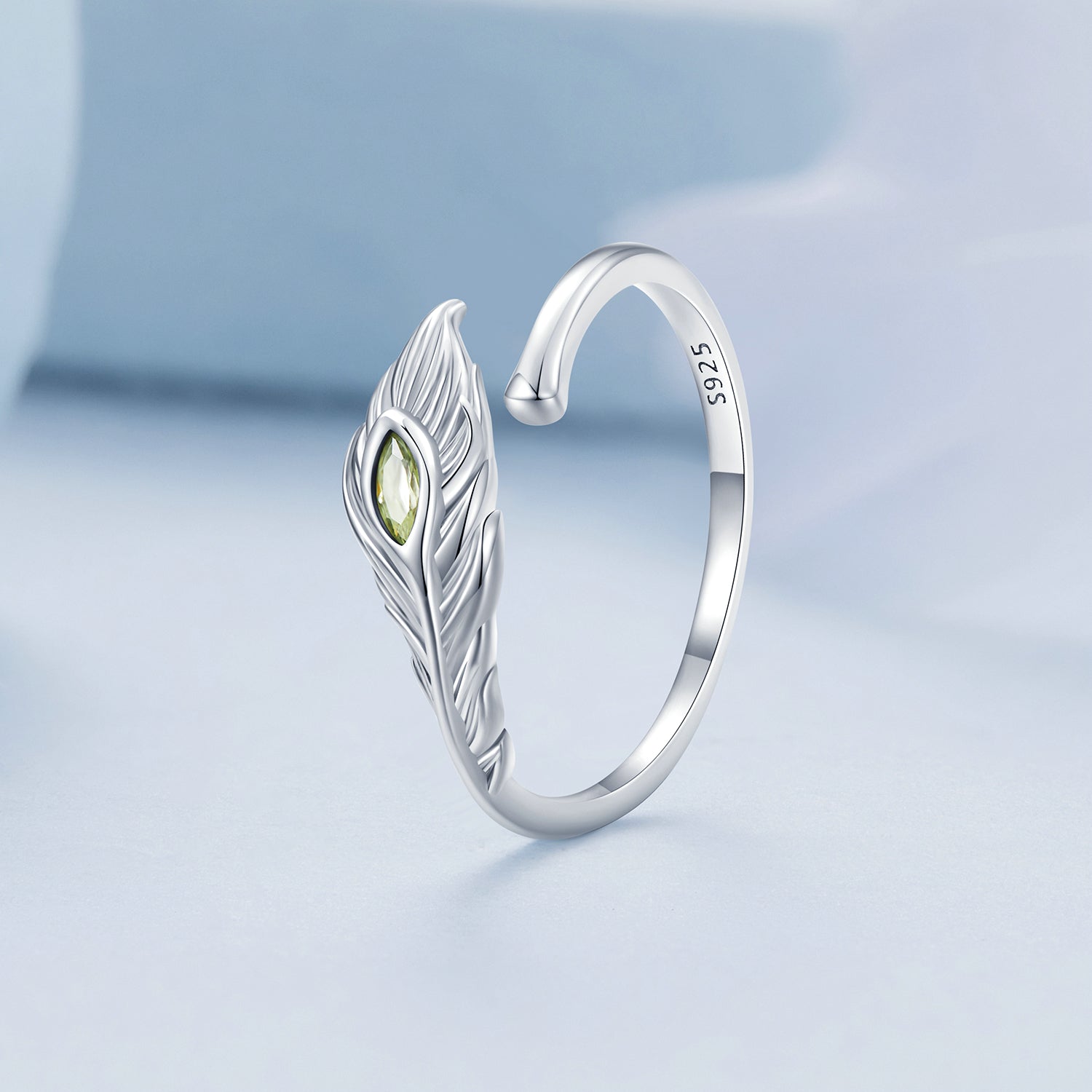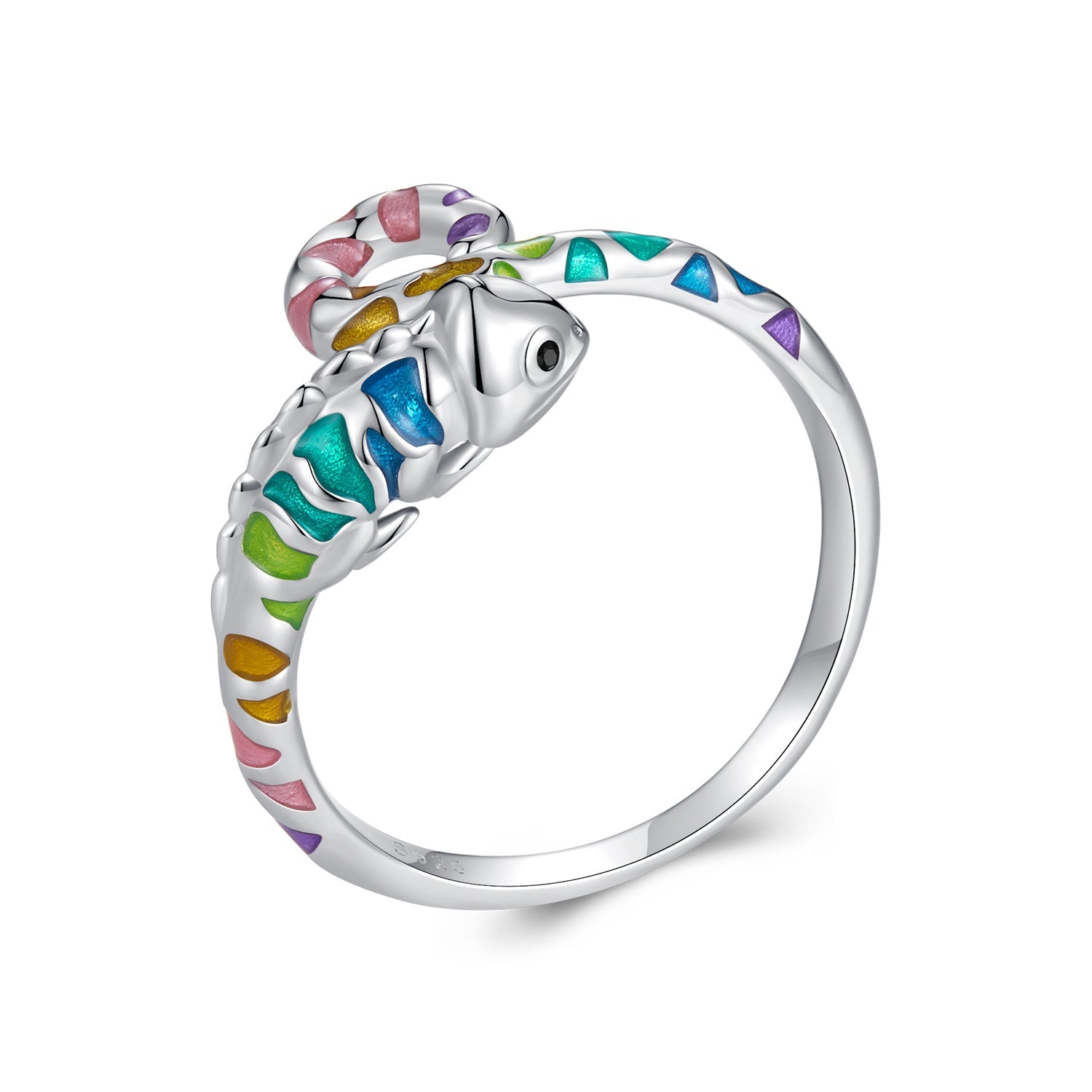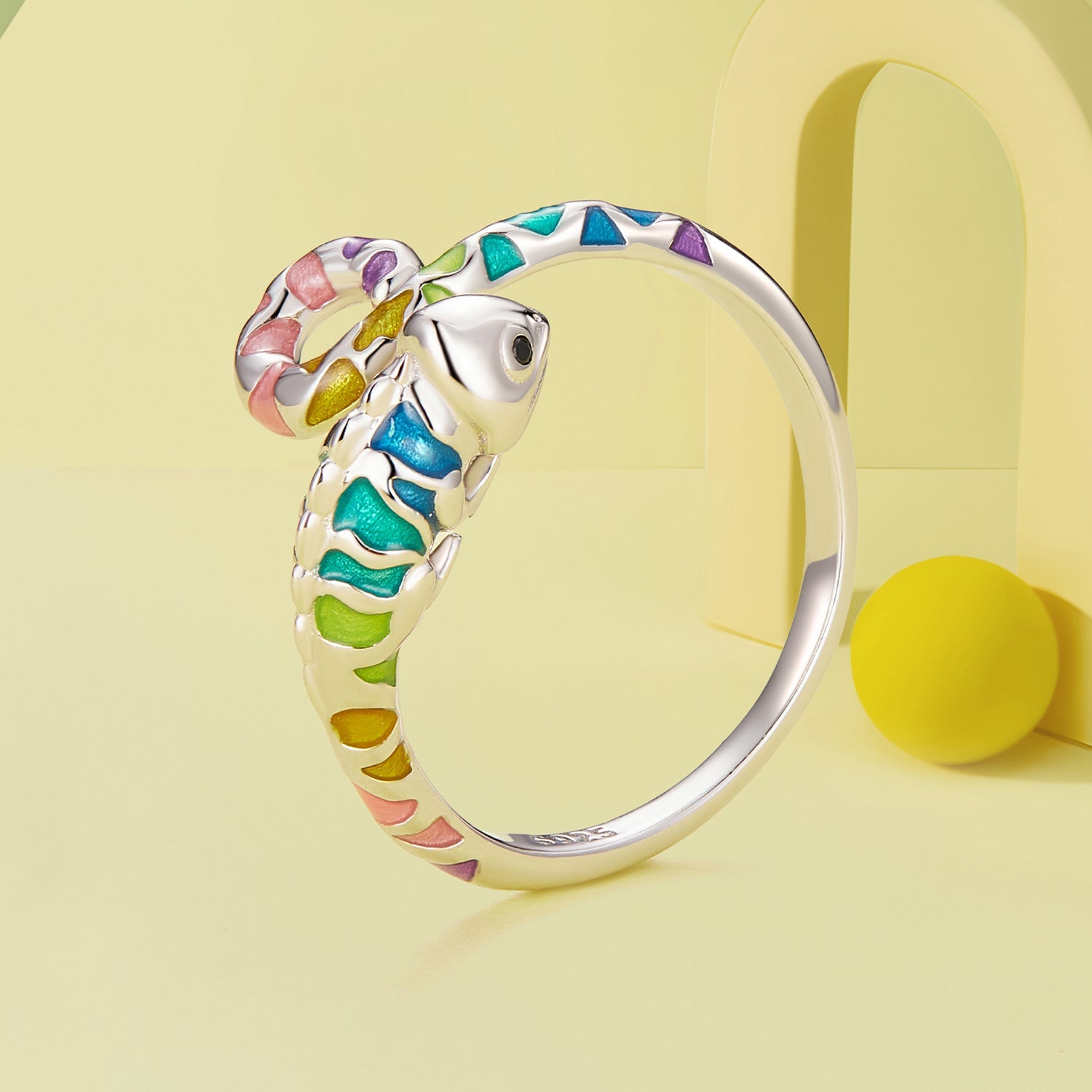The Art of Silver Jewelry Layering: An Introduction
Layering silver jewelry is a technique that blends creativity, style, and balance to create multidimensional looks. This approach allows individuals to express their personal aesthetic in unique ways while combining different pieces harmoniously. It transforms basic accessories into captivating ensembles, providing depth and sophistication to both casual and formal outfits.
Silver as a versatile material adds timeless elegance to any wardrobe and serves as a neutral base that complements a variety of colors, textures, and designs. The art of layering leverages this adaptability, creating a streamlined yet eye-catching visual. The process requires attention to detail, including proportion, positioning, and style cohesion. Understanding these elements is essential for achieving a balanced, chic result.
When layering, the goal is to avoid clutter while ensuring each piece contributes to the overall look. It involves selecting bracelets, necklaces, or earrings of varying lengths, sizes, and styles to cultivate contrast and dimension. Applying techniques like overlapping chains, combining rigid and textured styles, or mixing finishes ensures a more dynamic appearance. Additionally, embracing trends such as asymmetry and curated mismatching supports a fresh and confident aesthetic.
Professionals highlight the importance of curating individual jewelry collections to enhance layering possibilities. This includes investing in quality silver pieces, such as minimalist chains, statement cuffs, or versatile earrings that can be mixed and matched effortlessly. Furthermore, recognizing how different occasions and outfits influence layering choices provides guidance in achieving tasteful synergy.
In this introduction to silver jewelry layering, the fundamentals are rooted in balance, thoughtful coordination, and intentional pairing. It encourages enthusiasts to experiment while maintaining a refined sensibility, allowing their personal style to shine seamlessly.
Why Silver Jewelry Is Perfect for Layering
Silver jewelry stands out as an ideal choice for layering due to its versatility, timeless appeal, and adaptability. Its neutral hue complements a wide range of colors, textures, and designs, making it easy to mix and match with other pieces. Unlike more vibrant metals, such as gold or rose gold, silver provides a subtle and sophisticated base that allows for creative layering without overpowering the overall look.
The lightweight nature of most silver jewelry makes it comfortable to wear in multiple layers. Whether stacking bracelets, layering necklaces, or combining earrings, silver pieces ensure that the added weight does not become cumbersome. In addition, silver photography reflects light brilliantly, accentuating the individual elements of a layered arrangement without looking overly shiny or garish.
Another feature that enhances silver’s suitability for layering is its ability to pair effortlessly with a variety of materials. Silver harmonizes beautifully with gemstones, beads, leather, and mixed metals, allowing for endless opportunities to personalize and elevate a stacked jewelry style. Whether the desired look leans minimalist or leans dramatic, silver adapts seamlessly.
Silver is also available in an array of finishes, including high polish, matte, oxidized, or antiqued, giving wearers greater flexibility in creating textured visual contrasts in their layering combinations. This inherent adaptability makes it ideal for exploring trends or crafting unique styles.
Finally, silver jewelry tends to be more affordable compared to other precious metals, enabling collectors to build multiple layers without significant financial strain. This affordability encourages experimentation, empowering individuals to curate distinctive jewelry combinations confidently.
Understanding Balance in Layering Accessories
Achieving balance is fundamental when layering silver bracelets, necklaces, and earrings. It ensures the accessories complement each other and harmonize with the overall outfit, avoiding an overly crowded or mismatched appearance. To strike the right balance, one must consider the scale, texture, and placement of each piece.
Silver bracelets should be layered with attention to size and weight. Combining delicate and bold designs creates visual interest while avoiding a monotonous look. Pairing slim bangles with chunkier cuffs results in a layered effect that feels intentional rather than overwhelming. Spacing between bracelets can also contribute to balance by allowing each piece to stand out and add individuality to the aesthetic.
When layering necklaces, varying lengths is key to maintaining cohesion. Shorter necklaces, such as chokers, work well as base layers, while mid-length and long pendants add depth to the arrangement. Mixing textures, such as polished luster and hammered finishes, introduces dimension without straying from the silver theme. Care should be taken not to overlap pendants excessively, as this can create a cluttered appearance that detracts from the overall appeal.
Earrings offer another opportunity to play with balance through size and placement. Statement pieces such as drop earrings should be paired with understated studs or hoops to prevent competing focal points that undermine the harmony of the ensemble. If multiple piercings are involved, gradients in size or style help maintain proportionality and flow across the earlobe or cartilage.
Ultimately, balance is achieved by maintaining a clear theme while varying design elements thoughtfully. Accessories should complement each other in a cohesive display, ensuring they enhance the wearer's look instead of overshadowing it. Transitioning fluidly between bracelets, necklaces, and earrings allows creation of a polished and sophisticated layered appearance.
Bracelet Layering: Tips for Creating Stunning Wrist Stacks
Crafting a remarkable wrist stack with silver bracelets requires balance, variety, and intentionality. Each element should complement the others while allowing personal style to shine. To achieve this, attention must be paid to proportion, design, and spacing to create a harmonious and stylish look.
- Establish a Focal Point Begin by selecting a statement bracelet as the anchor piece. This could be a bold cuff, a charm bracelet, or one with intricate designs. The focal piece sets the tone for the entire stack, giving a cohesive look.
- Mix Different Textures and Styles Combining varying textures enhances visual interest. Pair smooth bangles with woven or braided pieces, or mix shiny polished bracelets with oxidized or matte finishes. Incorporating diverse styles—such as contemporary and vintage—adds depth to the wrist stack.
- Balance Volume and Proportion Ensure that bracelets of differing widths and weights are evenly distributed. Avoid clustering all chunky bracelets on one side; mix them with daintier, more delicate pieces to maintain a balanced aesthetic. This layering technique keeps the stack from appearing overly heavy.
- Limit the Color Palette Stick primarily to silver to maintain cohesion, but subtle inclusions of complementary tones like black, blue, or white can break monotony. Be mindful to avoid excessive colors that detract from the silver’s elegance.
- Mind the Wrist Size Consider the wrist's size and shape when layering. Smaller wrists look better with fewer or thinner bracelets, while larger wrists can accommodate bolder combinations without overwhelming the arm.
- Incorporate Spacing Thoughtfully Adding small gaps between some bracelets prevents the stack from appearing too cluttered. Leaving space also allows intricate designs to stand out individually while contributing to the overall composition.
"More is not always better." It’s important to avoid overloading the wrist with too many bracelets, as it can shift the look from stylish to chaotic.
Finally, consider the occasion when curating a wrist stack. For casual outings, a relaxed and playful style might work, while simplicity often pairs better with formal attire.
Necklace Layering: Mastering Length, Texture, and Style
Layering necklaces is an art form that balances aesthetics while showcasing individuality. To create a visually appealing and harmonious look, attention must be given to length, texture, and overall style. Each element plays a critical role in elevating the layered effect, ensuring the ensemble feels deliberate and far from cluttered.
Length
Choosing complementary necklace lengths is crucial for achieving a dynamic yet cohesive presentation. Combining chokers, princess-length pieces (16-18 inches), and opera or matinee-length necklaces allows the layers to cascade gracefully. Contrast in length prevents necklaces from overlapping and creates depth, drawing attention to each distinct piece. The rule of thumb is to keep gaps between layers consistent enough for definition but close enough to maintain flow.
Texture
Incorporating diverse textures adds dimension and intrigue to the overall arrangement. Pairing delicate chains with chunkier silver links, beaded strands, or mixed materials helps highlight contrasts in finish and craftsmanship. Hammered or oxidized silver surfaces, alongside polished pieces, can create a juxtaposition that enhances visual richness. Such variations in texture can also complement other accessories, like bracelets or earrings, for a cohesive appearance across all jewelry.
Style
It is essential to align necklace styles with personal aesthetics and the occasion. Mixing classic silver pendants with contemporary designs or layering minimalistic chains with statement pieces introduces balance and versatility. Symmetry can be achieved through consistent themes, such as geometric patterns or floral motifs. However, curated asymmetry offers a playful touch, allowing for a more artistic expression. Consider including focal pieces, such as medallions or charms, to anchor the layered look.
Ultimately, mastering necklace layering is about thoughtfully merging design elements to create a stunning visual impact while remaining comfortably wearable.
Earring Layering: Mixing Studs, Hoops, and Dangling Designs
Earring layering has become a sophisticated way to elevate personal style, combining simplicity and bold statements to create a cohesive yet eye-catching look. Whether crafting an everyday appearance or aiming for evening elegance, the art of mixing studs, hoops, and dangling earrings offers limitless possibilities to express individuality while maintaining balance.
Building the Base
The foundation of layered earrings often begins with studs. Small, delicate studs act as the grounding element in the composition, ensuring the overall look remains polished. Select metallic or gemstone studs that complement the tones of other jewelry pieces, such as silver, gold, or diamond accents. Their minimalistic design anchors the ensemble, allowing other earrings to shine without overwhelming the aesthetic.
Incorporating Hoops
Hoops introduce a dynamic and stylish element to earring layering. From small, tightly hugged huggie hoops to larger circular designs, hoops add fluidity and movement. Thin silver hoops offer a timeless look, while textured or diamond-encrusted variations create depth. Position hoops strategically on the ear, such as the middle or upper lobe piercings, where they can provide balance between studs and more dramatic dangling pieces.
Adding Dangling Designs
Dangling earrings serve as statement pieces within the layered look, delivering drama and elegance. These designs vary widely in length, shape, and complexity, with options ranging from delicate chains to striking, intricate drops. Longer dangling designs work well as focal points, accentuating the natural curves of the neck and face. Pair these with subtle studs or simple hoops for a harmonious finish.
Key Considerations
When layering earrings, consider the overall proportion and symmetry across both ears. Mixing different sizes, textures, and shapes creates interest, but maintaining visual flow avoids a chaotic appearance. Additionally, ensure earring designs complement other jewelry, such as silver necklaces or bracelets, for a unified style.
Choosing the Right Silver Jewelry for Your Skin Tone and Outfit
When selecting silver jewelry, understanding how it complements skin tone and outfits is essential for creating a balanced and polished look. Silver typically enhances cool and neutral undertones, making it a versatile option for many individuals. However, subtle variations in silver finishes and designs should be considered to ensure harmony with personal features and wardrobe choices.
To determine compatibility with skin tone, individuals with cool undertones—characterized by pinkish or bluish hues—tend to benefit from clean, polished silver as it highlights their natural complexion. Neutral undertones, which exhibit a mix of cool and warm traits, can pair well with silver featuring rhodium plating or matte finishes for added depth. Silver jewelry with intricate textures or warmer accents, like rose gold inlays, complements warmer undertones by providing balance.
Outfit coordination is equally crucial in choosing the right silver pieces. Simplistic silver designs, such as minimalist earrings or delicate necklaces, are ideal for professional settings or monochrome outfits, ensuring an understated elegance. Bold and intricate silver bracelets, necklaces, or earrings elevate formal attire by adding a statement without overshadowing the ensemble. For casual outfits, layering silver in various styles—from chunky chains to bohemian bangles—creates depth and visual interest.
When mixing metals, silver pairs effortlessly with gold or darker tones for a modern aesthetic. Pairing oxidized silver jewelry with earth-toned outfits enhances a rustic appeal, while polished silver complements vibrant or pastel shades. The interplay of jewelry and fabric textures also deserves consideration; pairing silver with silk or satin enriches a luxurious vibe, whereas pairing with linen or denim achieves a more grounded and casual look.
Layering for Casual vs. Formal Styles: What Works Best?
Layering silver jewelry for casual and formal occasions requires thoughtful consideration of proportions, textures, and designs to strike the right balance. Each setting calls for distinct approaches to styling, ensuring that the look is cohesive and appropriate.
For casual wear, layering offers more flexibility and room for creativity. Choosing bracelets, necklaces, and earrings with varied textures, lengths, and embellishments can create a relaxed yet polished aesthetic. For example:
- Bracelets: Stacking multiple silver bracelets in a mix of minimalist chains, bangles, and charm designs adds dimension and character to everyday outfits.
- Necklaces: Opt for a combination of short chokers, medium-length pendants, and longer chains to achieve depth without overwhelming the look. A playful assortment enhances the casual vibe.
- Earrings: Mismatched or multi-stud earrings can accentuate individuality and pair well with layered necklaces or bracelets.
On the other hand, formal styles demand a more refined and minimalistic approach to layering. The focus should be on elegance, with an emphasis on symmetry and balance. Consider the following for formal occasions:
- Bracelets: Limit layering to two or three bracelets with similar design elements. Select sleek, polished pieces or thin cuff designs for a sophisticated finish.
- Necklaces: Stick to two layers at most, ensuring clean lines and cohesive elements. A delicate chain paired with a subtle pendant works well with formal dresses or gowns.
- Earrings: Favor understated designs like studs or small hoops. When layering necklaces, earrings should complement without competing for attention.
Transitioning between casual and formal looks is seamless when the materials and overall tone of the silver jewelry remain consistent. Balancing bold and subtle pieces while respecting the context of the event is key to mastering the art of layering. Each style thrives on purpose and harmony in its execution.
Tips to Avoid Overcrowding and Maintain Elegance in Layers
When layering silver bracelets, necklaces, and earrings, achieving a balanced look requires thoughtful consideration. Overcrowding not only detracts from elegance but can also lead to distraction or overwhelm the outfit. Here are tips to help prevent overcrowding while maintaining a cohesive and refined appearance:
Bracelets
- Balance Widths: Combining thin bracelets with one or two chunkier bangles creates variety without appearing cluttered.
- Limit Pieces: Wearing fewer bracelets, typically three to five, ensures a polished look and avoids excessive stacking.
- Color Coordination: For silver designs, avoid pairing overly contrasting tones like oxidized silver with polished silver unless aiming for a deliberate boho aesthetic.
- Spacing: Ensure there’s slight spacing between stacked bracelets to maintain definition and breathing room.
Necklaces
- Vary Chain Lengths: Choose necklaces of differing lengths, such as chokers, mid-length chains, and long pendants, to avoid overlaps and tangled chains.
- Minimalist Approach: Avoid layering more than three necklaces at a time for a clean, uncluttered appearance.
- Focus on Focal Points: Incorporate statement pieces sparingly—pair one bold necklace with simpler complementary ones to keep the focus sharp.
Earrings
- Prioritize Balance: For layered ear piercings, balance dainty studs with slightly larger hoops or a feature earring to avoid overpowering the ear.
- Stick to a Theme: Adhering to similar motifs, such as geometric shapes, ensures the earrings appear cohesive rather than disorganized.
- Keep Placement Strategic: Combine designs such as cuffs or climber earrings sparingly to prevent overcrowding on the ear lobe.
General Tips
- Quality Over Quantity: Opt for fewer high-quality pieces to enhance elegance instead of wearing too many items that compete for attention.
- Consider Outfit: Match layered jewelry to the outfit’s neckline and structure to complement rather than clash with clothing.
- Visual Cohesion: A consistent design theme across bracelets, necklaces, and earrings works wonders in maintaining harmony.
With careful selection and a disciplined approach to layering, silver jewelry can truly shine without losing its sophistication or timeless charm.
Caring for Your Layered Silver Jewelry: Maintenance Tips
Silver jewelry, when properly maintained, retains its radiant luster even with frequent wear. Layered silver pieces, particularly bracelets, necklaces, and earrings, require special attention because constant interaction with skin, moisture, and other metals can speed up tarnishing. The following recommendations will ensure the longevity and brilliance of layered silver jewelry.
- Regular Cleaning: Gently clean silver pieces with a soft, lint-free cloth after each use to remove oils, sweat, and other residues. For stubborn tarnish, use a mild soap and lukewarm water solution. Rinse well and dry completely before storing. Avoid abrasive cleaners, as they may scratch the surface.
- Proper Storage: Store each silver piece in a separate, soft-lined jewelry pouch or a compartmentalized box to prevent scratches and unnecessary contact. Anti-tarnish strips can be added to storage containers to reduce oxidation effects. Always keep jewelry in a cool, dry place, away from direct sunlight or excessive humidity.
- Minimize Exposure: Remove layered silver jewelry before engaging in activities such as swimming, showering, or exercising. Chlorine, saltwater, and sweat can accelerate tarnishing. Additionally, avoid exposing silver pieces to perfumes, lotions, and excessive heat, as these can dull the finish over time.
- Polishing: For periodic shining, use a specially designed silver polishing cloth or a non-abrasive cleaning solution formulated for silver. Avoid over-polishing, as excessive rubbing may wear down delicate detailing or finishes on layered pieces.
- Inspect Regularly: Examine connections, clasps, and embellishments on layered necklaces and bracelets to ensure durability. Repair damages promptly to avoid losses or further wear.
Quality care not only preserves the appearance of silver jewelry but also protects its symbolic and monetary value. By following these outlined practices, silver pieces can maintain their original charm, whether worn individually or layered for stylish effect.
Inspiration from Celebrity and Influencer Silver Layering Trends
Celebrities and influencers frequently set the stage for emerging styling trends, particularly when showcasing their expertise in layering jewelry. Silver bracelets, necklaces, and earrings have been at the forefront of many red-carpet appearances and social media features, inspiring audiences to experiment with combining various designs.
A major influence has been the layering of necklaces in diverse lengths and pendant styles. Influencers often blend chokers with mid-length necklaces and longer chains, creating a cascading effect that highlights both the jewelry itself and the neckline. Iconic figures like Zendaya and Hailey Bieber have popularized the use of dainty silver chains intermixed with bold, statement pieces, illustrating how subtle elegance can contrast with daring flair.
Bracelet layering has also gained traction among style leaders. Celebrities such as Dua Lipa have frequently sported collections of thin silver bangles alongside chunkier cuff bracelets to achieve a textured look. By mixing smooth surfaces, intricate patterns, and sometimes embellished designs, they bring depth and individuality to their ensembles. Influencers on platforms like Instagram further amplify these trends, often pairing smartwatch straps or leather bands with fine silver for a modern twist.
Earrings remain a focal point for layering inspiration, especially with the resurgence of multiple piercings and ear-stacking designs. Stars like Rihanna and Emma Watson have been seen adorning their ears with a combination of minimalist studs, ear cuffs, and drop earrings in complementary silver tones. Influencers often replicate such arrangements, mixing geometric shapes or adding pearls and crystals to accentuate their curated silver stack.
From celebrity appearances to influencer tutorials, silver layering techniques provide endless ideas, showcasing how to achieve sophisticated, contemporary looks.

